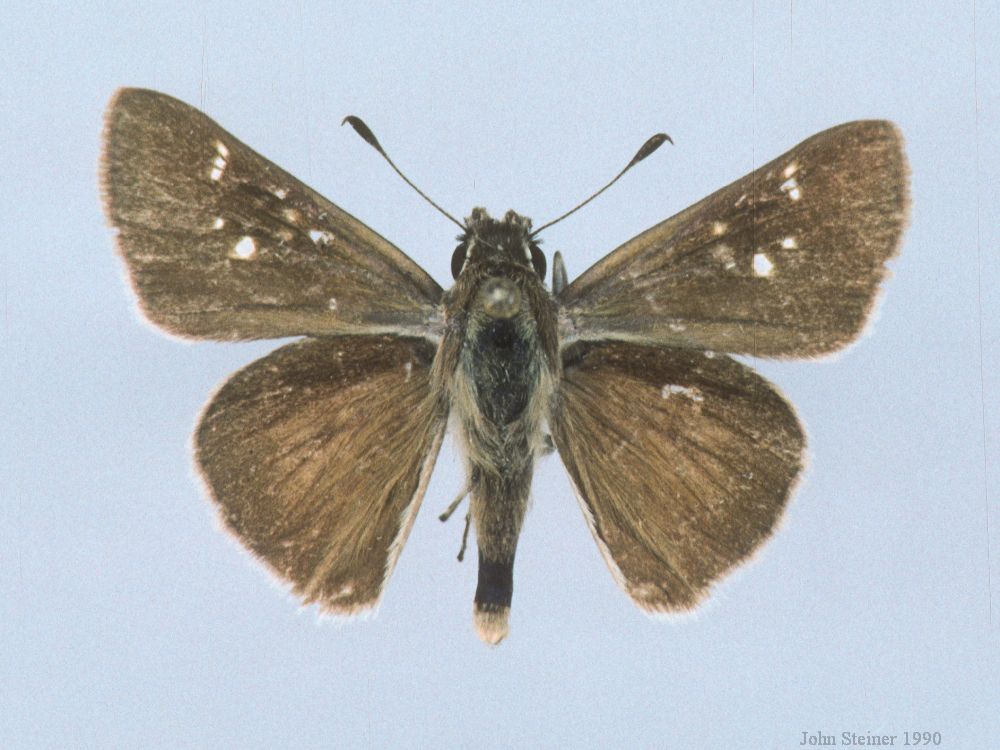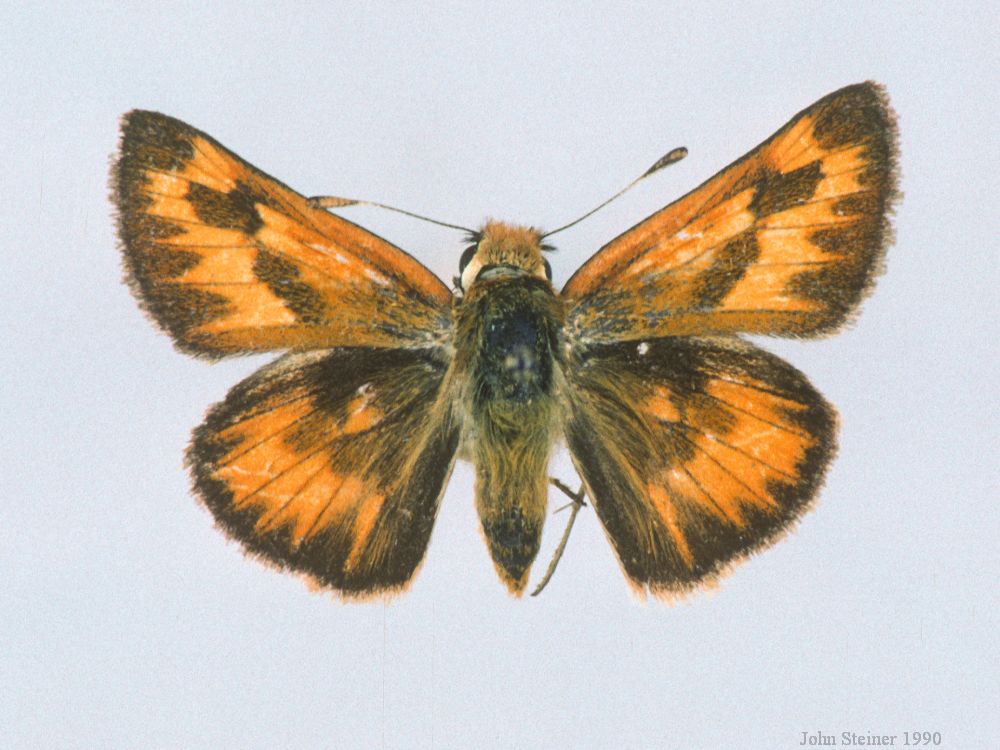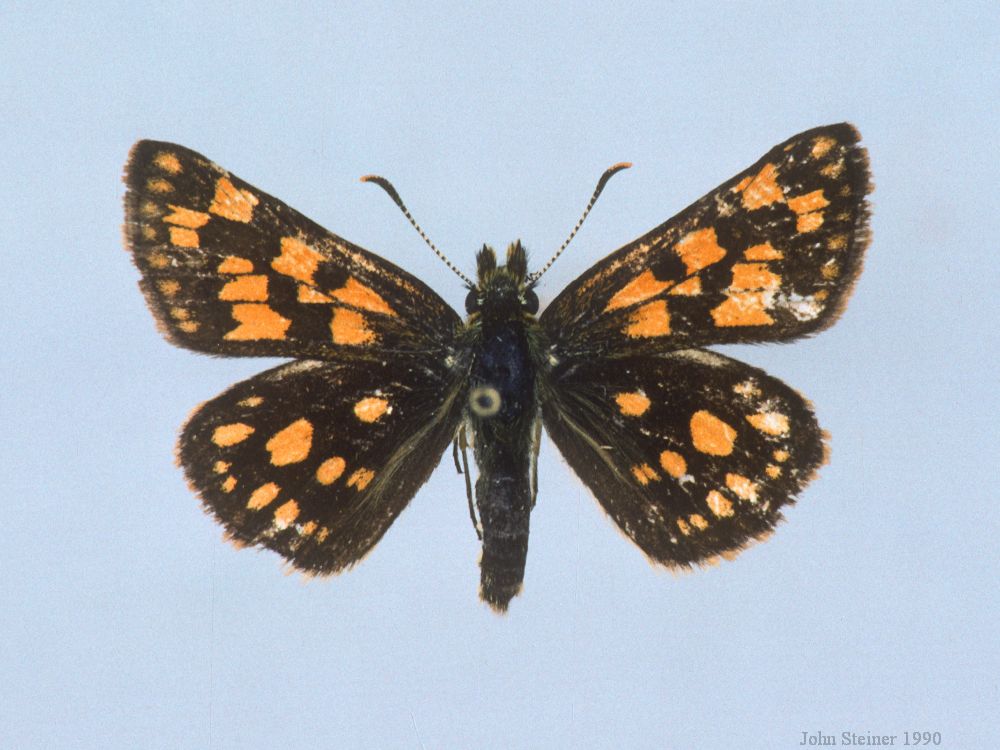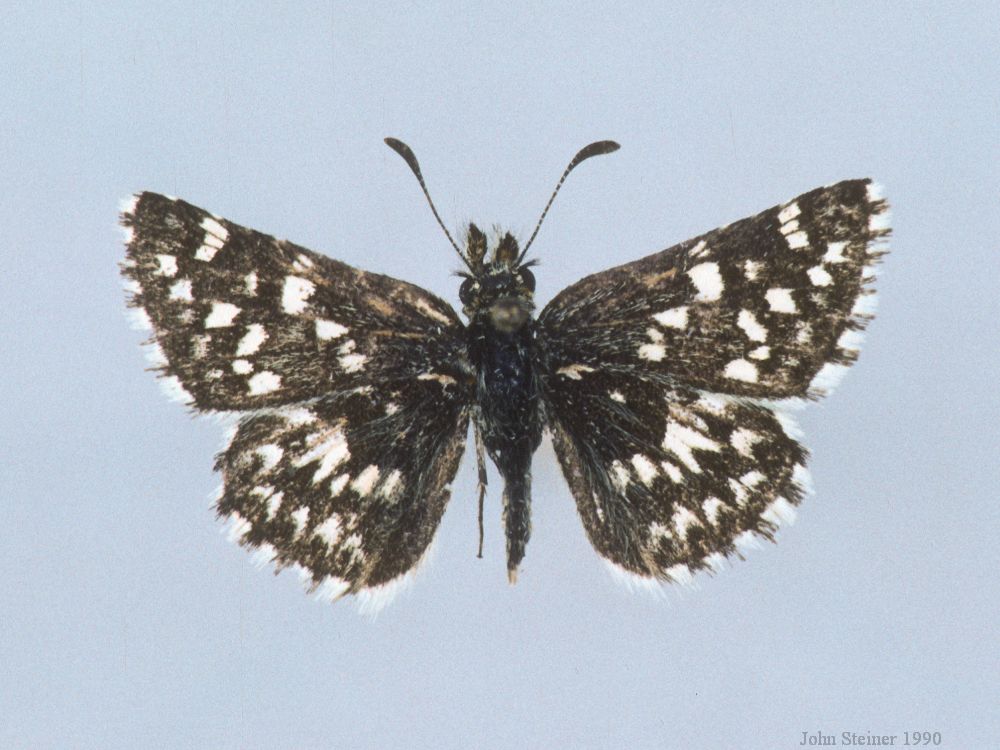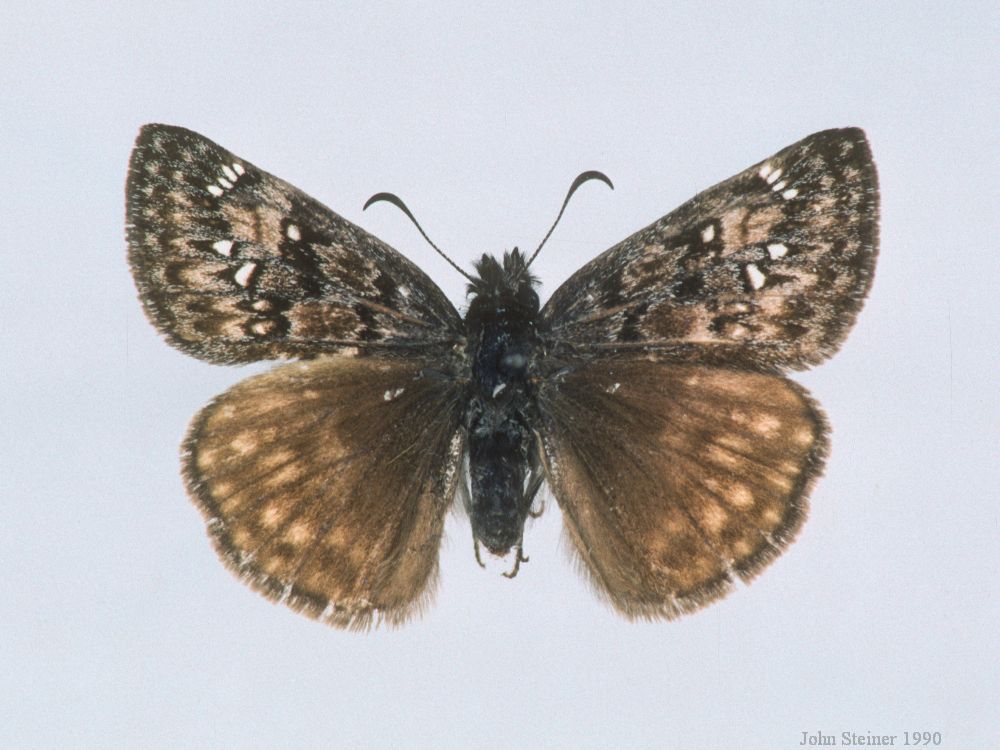There are ~144 species and subspecies of butterflies that call the San Francisco Bay Area home. Some are difficult to tell apart, even with the butterfly in hand and a magnifying lens. But most butterflies are fairly recognizable. In 1990, John Steiner completed his masters thesis on the distribution, seasonality, and ecology of Bay Area butterflies. Below are some of the major groups of butterflies. The complete photograph collection from John’s thesis can be viewed on the Butterfly ID page.
About John Steiner
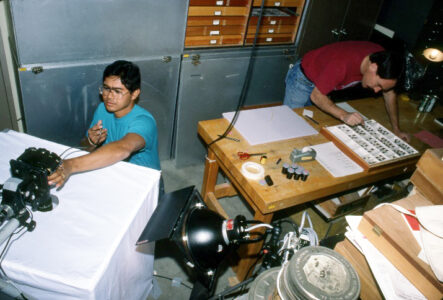
John Steiner (1948-2017), who grew up with a love of nature in the East San Francisco Bay Area, completed his MS degree at California State University East Bay in 1990. His Master’s thesis, “Bay Area Butterflies: The Distribution and Natural History of San Francisco Region Rhopalocera“, is publicly available through ScholarWorks, the California State University online repository. For his M.S. research, John documented 20,000 specimens of 144 butterfly species collected from 1905-1989 in the ten counties surrounding San Francisco Bay.
John examined entomology collections at museums and universities, in private collections, and at the Don Edwards San Francisco Bay National Wildlife Refuge, where he served as director of public use. Notably, he was approved for a five-week detail to the headquarters of the US Fish and Wildlife Service in Washington, DC, so that he could gain access to the entomology collection at the Smithsonian Museum of Natural History. John would enter the Smithsonian as the public was leaving each evening, carrying a 35-mm camera and an Apple Mac computer. In addition to photographing specimens (as shown above with Robert Ranoa), John used collection data, published accounts, and interviews with experts to develop distribution maps, seasonal flight periods, and summaries of the butterflies’ natural history. For species habitat descriptions, John surveyed first-hand the capture locations of specimens. John carried out his first graduate research projects at CSU Chico, where he continued after completing his BA in biological sciences in 1976. Although those projects were stymied due to uncooperative field subjects (garter snakes and Pacific tree frogs), John remained determined to complete a master’s thesis of significance. In 1985, John dropped in, unannounced, to the biology department chair at CSU East Bay, and proposed to survey the butterflies around San Francisco Bay. John started over with his graduate coursework at CSU EB, 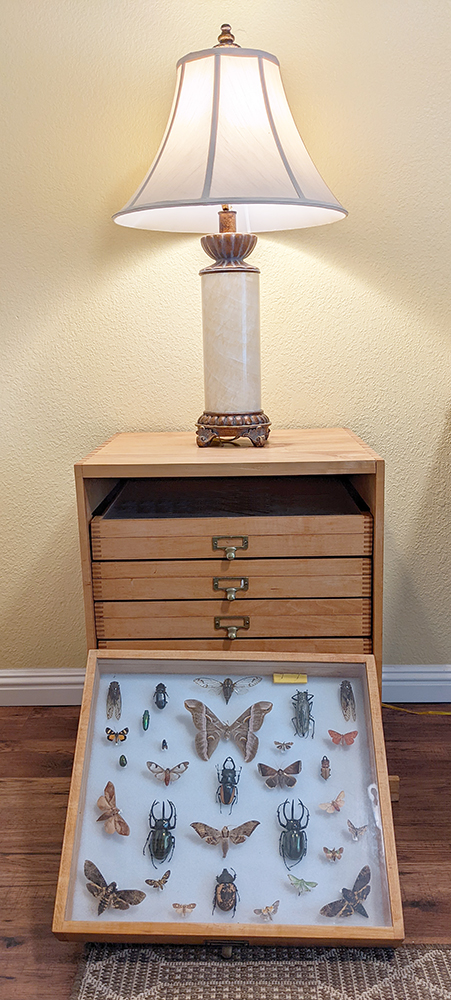 and completed his master’s degree while working full-time and raising two daughters. He credited his mother, Jane Billings Steiner, for his motivation to make something of himself. John’s father, Seth John Steiner, Jr., had made John’s first insect collecting net. John led the annual butterfly count in the South San Francisco Bay through the
and completed his master’s degree while working full-time and raising two daughters. He credited his mother, Jane Billings Steiner, for his motivation to make something of himself. John’s father, Seth John Steiner, Jr., had made John’s first insect collecting net. John led the annual butterfly count in the South San Francisco Bay through the  North American Butterfly Association from 1990-2007. He said that the counts, conducted each summer, were his birthday present to himself. After retiring from the USFWS in 1998, John taught lower division biology. In 2005, he became a full-time faculty member at the College of Alameda, teaching human anatomy, the job which he felt best matched his interpretive skills and strengths. He likened achieving tenure at the community college to advancing through the enlisted ranks to sergeant. John served two combat tours in Vietnam, and was profiled, along with four other Marines from his first tour, in Joe Klein’s Payback , published in 1984. John donated the endangered species in his insect collection to the California Academy of Sciences in San Francisco, and the remainder to the Essig Museum. Insect drawers have been adopted at the Essig Museum in the names of his grandchildren, Hubert de Dompsure, Mason Estes, and Joséphine de Dompsure. A fine woodworker by avocation, John built an insect cabinet that is now in use in the home office of the Essig Museum director. – Tribute by P. T.-S.
North American Butterfly Association from 1990-2007. He said that the counts, conducted each summer, were his birthday present to himself. After retiring from the USFWS in 1998, John taught lower division biology. In 2005, he became a full-time faculty member at the College of Alameda, teaching human anatomy, the job which he felt best matched his interpretive skills and strengths. He likened achieving tenure at the community college to advancing through the enlisted ranks to sergeant. John served two combat tours in Vietnam, and was profiled, along with four other Marines from his first tour, in Joe Klein’s Payback , published in 1984. John donated the endangered species in his insect collection to the California Academy of Sciences in San Francisco, and the remainder to the Essig Museum. Insect drawers have been adopted at the Essig Museum in the names of his grandchildren, Hubert de Dompsure, Mason Estes, and Joséphine de Dompsure. A fine woodworker by avocation, John built an insect cabinet that is now in use in the home office of the Essig Museum director. – Tribute by P. T.-S.

